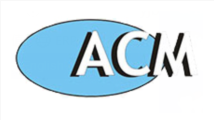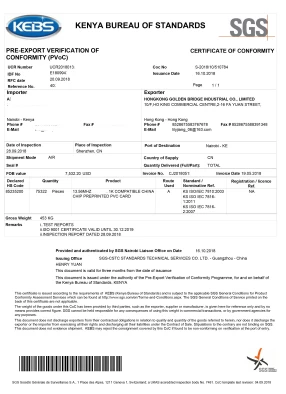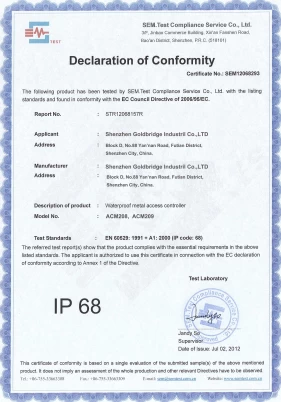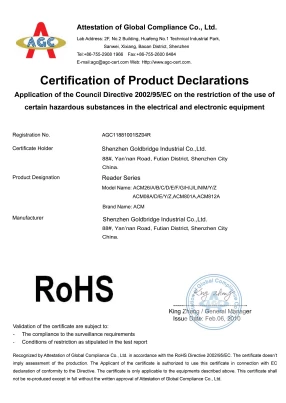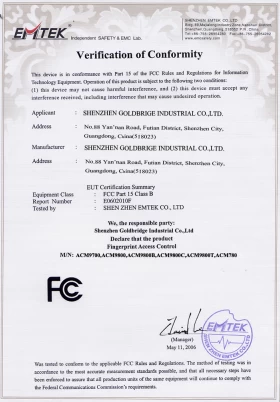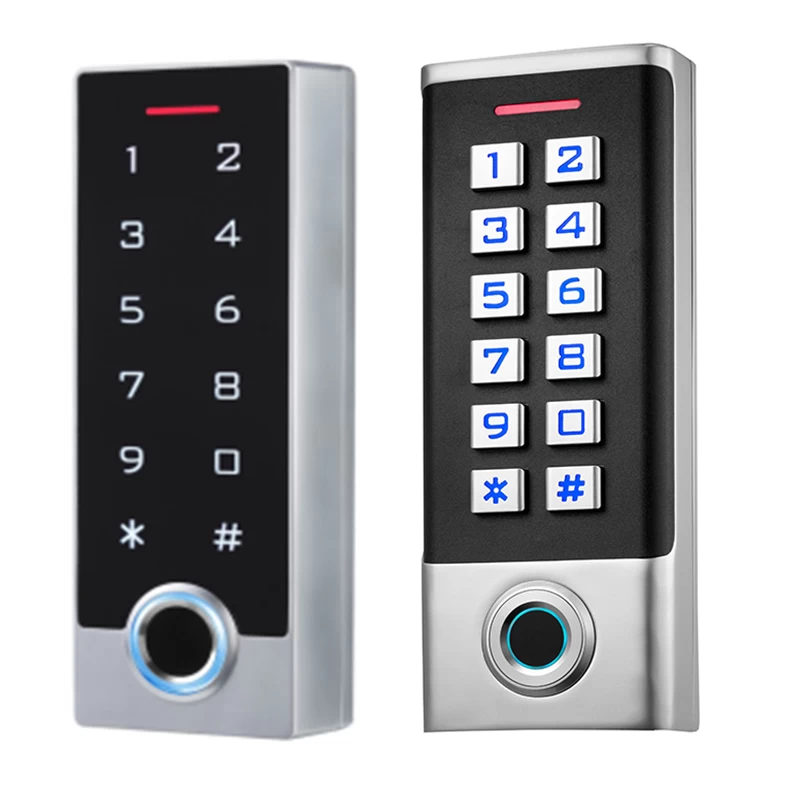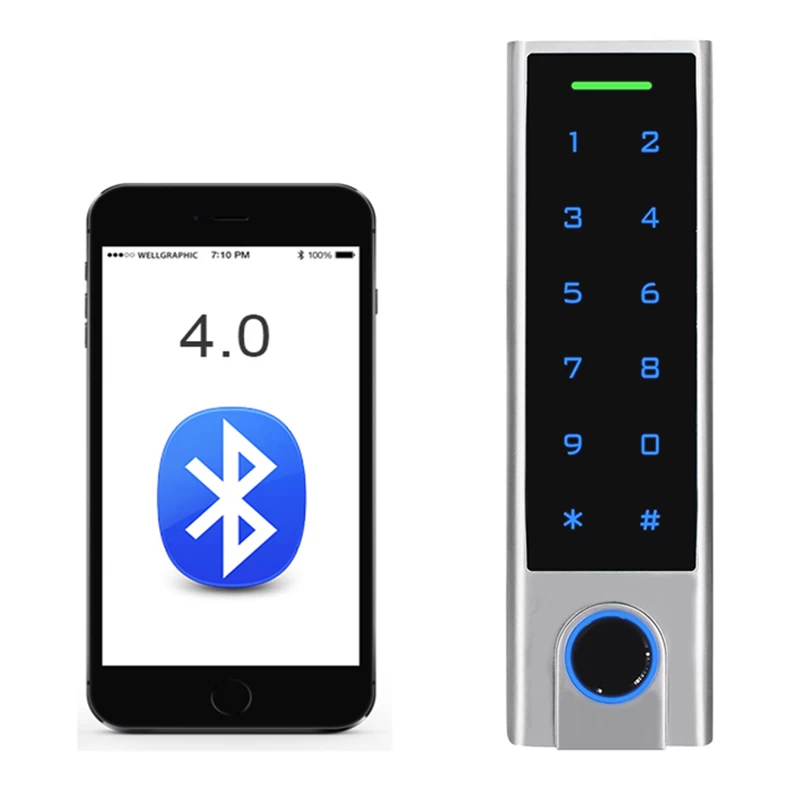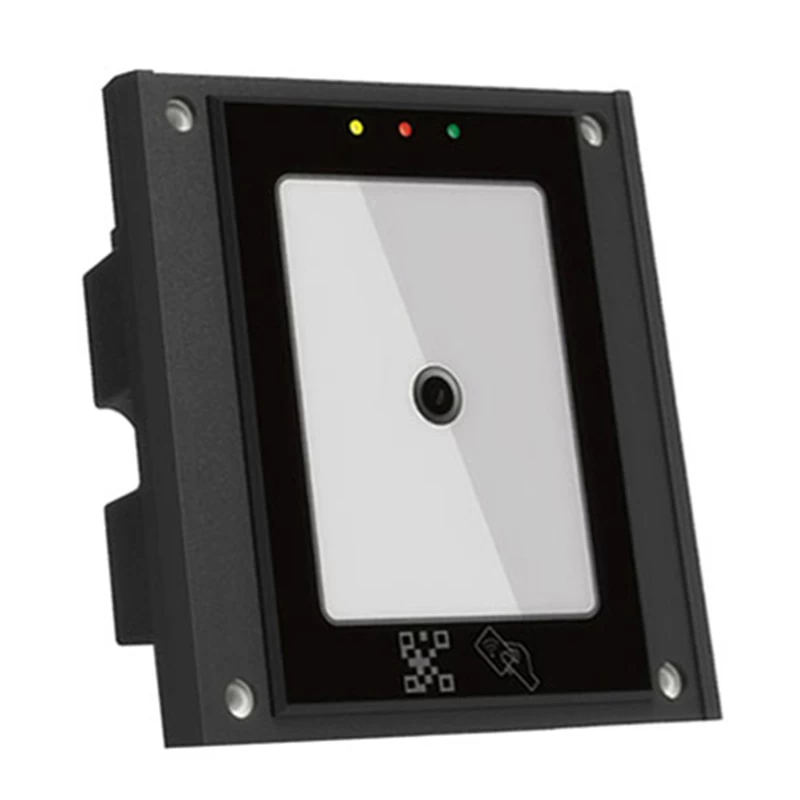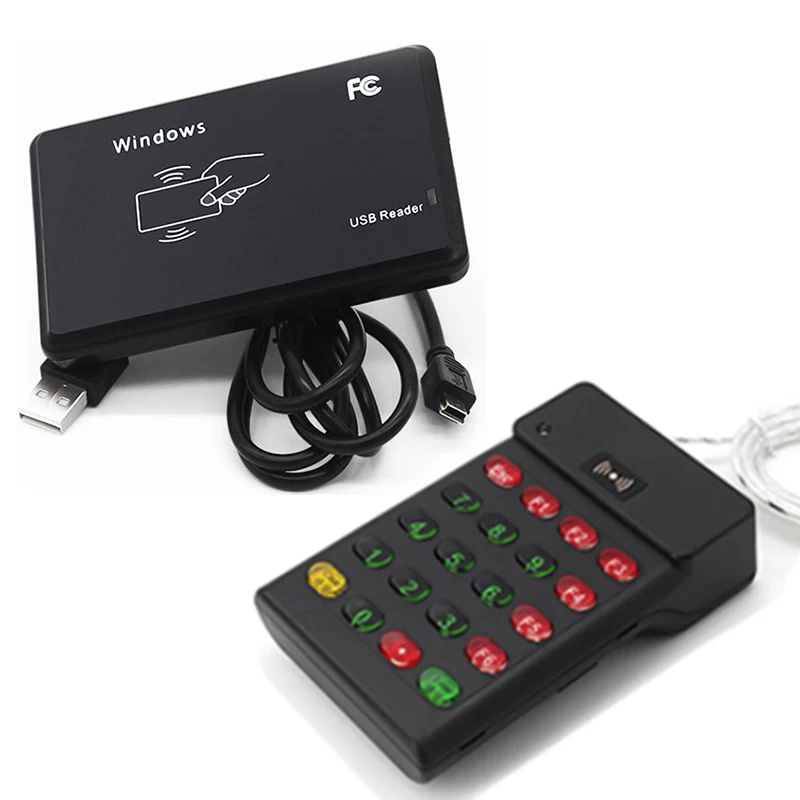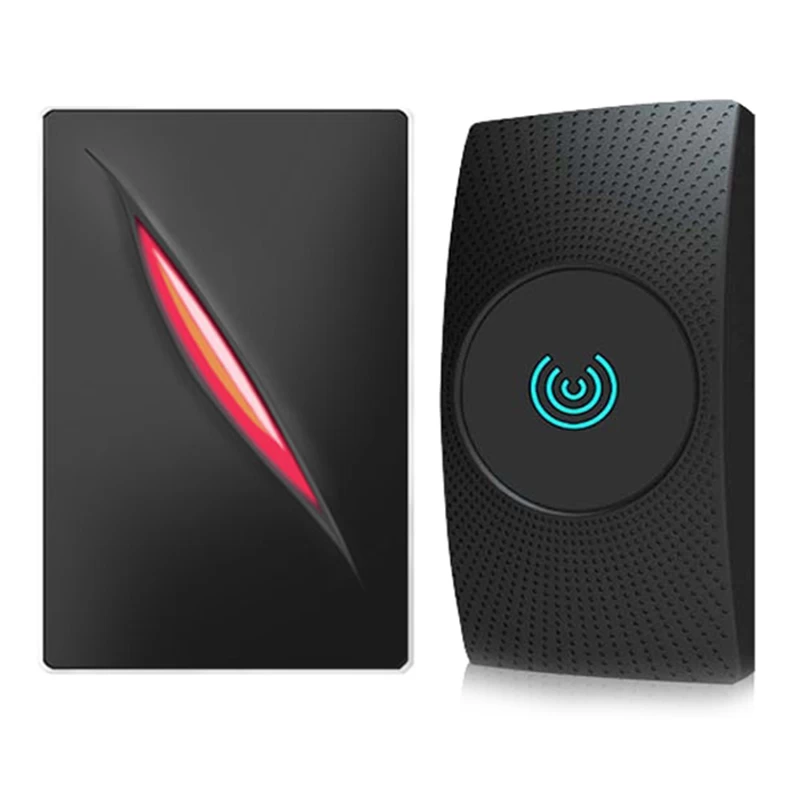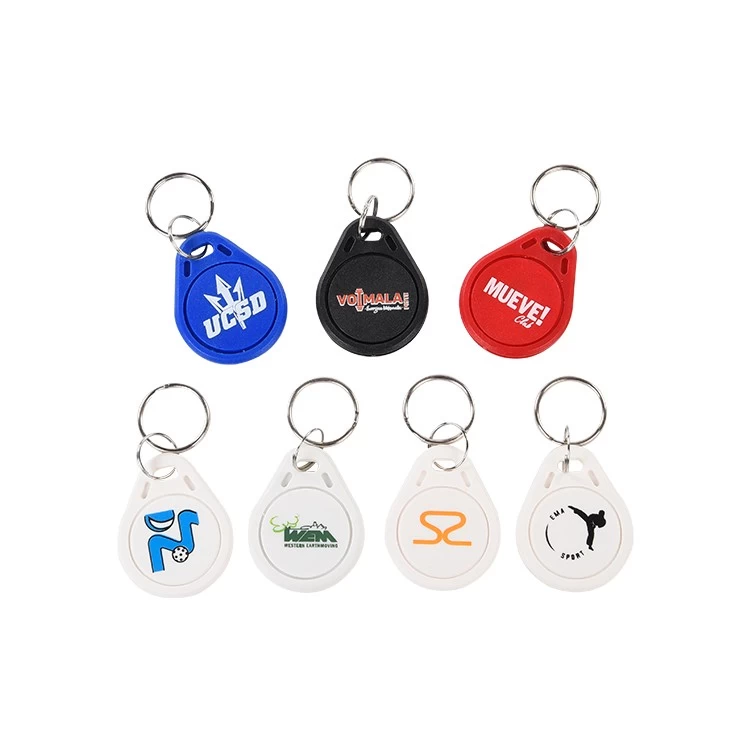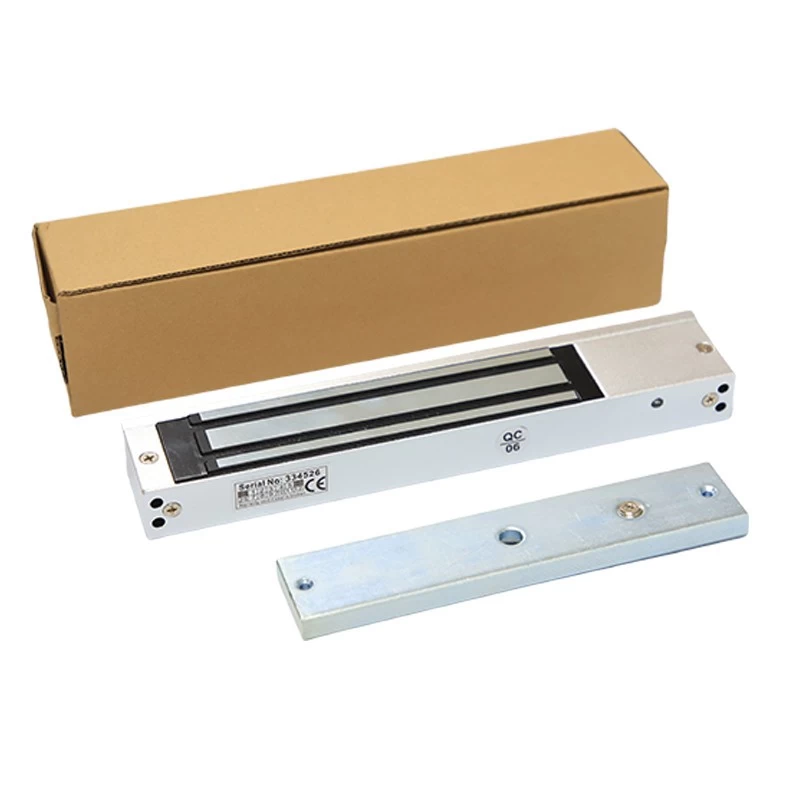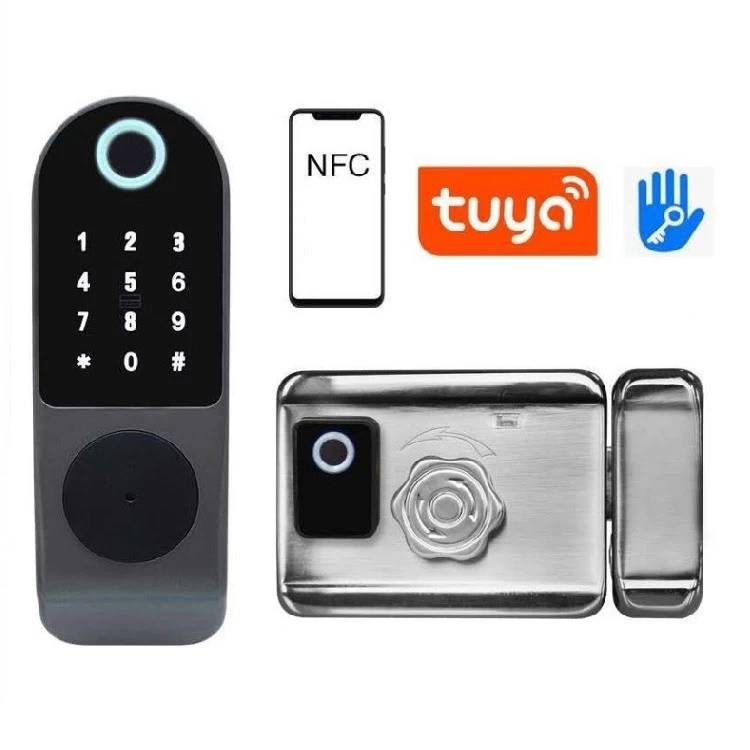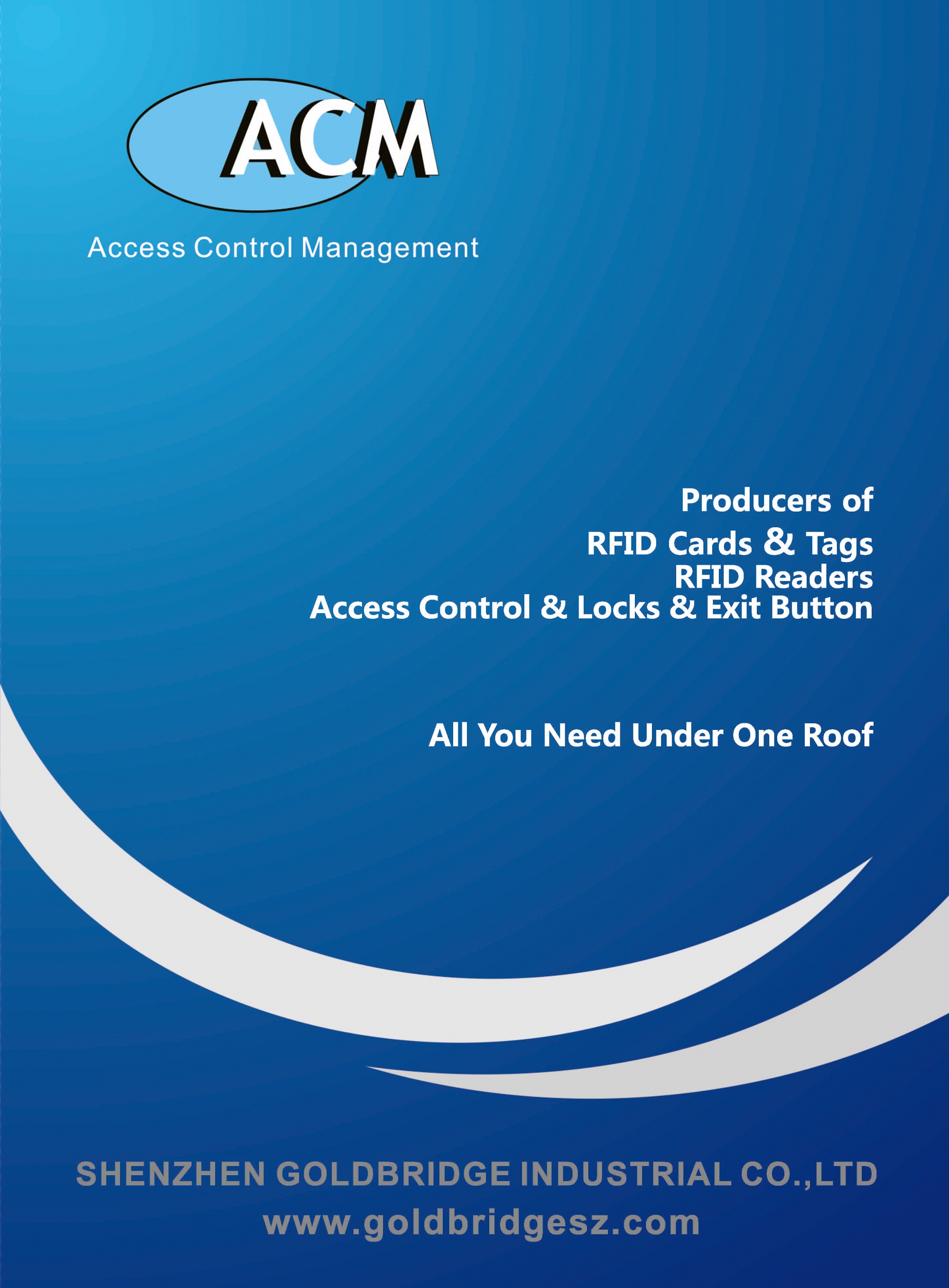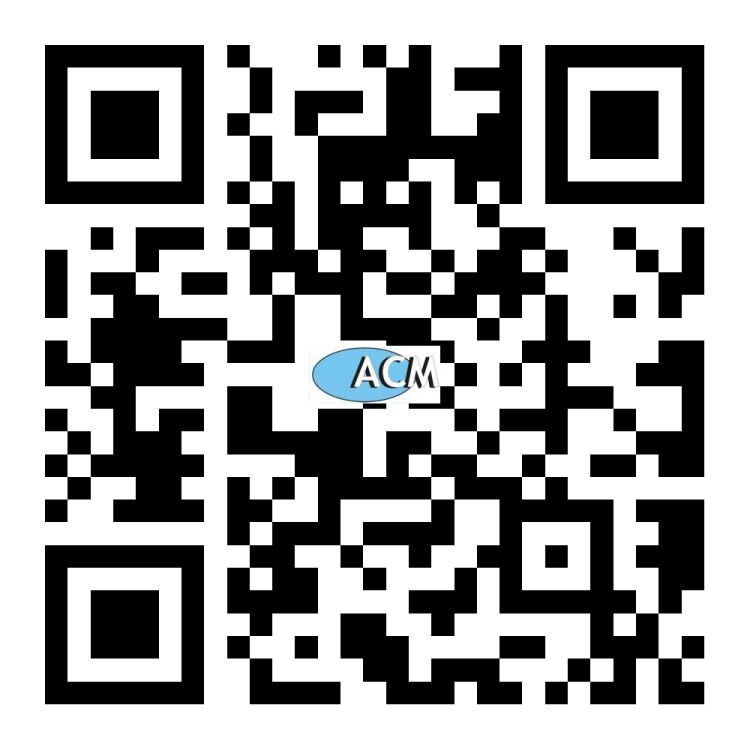RFID is used to track and authenticate trolleys for transporting flowers and plants
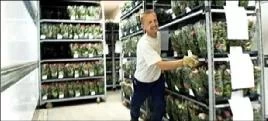
The solution includes CC4Scanner application and Android-based handheld reader. These devices will look up the RFID tags attached to the bottom of each trolley and provide visual signs that these tags and trolleys are not counterfeit. Lyngsoe Systems provided technical support for this program, and Nordic ID and Newland provided reader equipment.
CC has been using UHF RFID technology to track these rollable trolleys for more than a decade — the company calls them containers. The customer sites where these trolleys are delivered include growers, wholesalers, auction houses, and retailers. The company uses trolleys as a logistics service, stacking flowers and plants on the shelves of the trolleys, and then transports them directly to the store where these flowers are displayed and sold through the supply chain. The empty vehicles are disassembled and stacked and sent back to the supply chain for reuse, or sent to the nearest warehouse of CC company for repair, and then returned to the supply chain.
The width of these trolleys is 120 × 45cm and the height is 2m. They are modularly composed of three components: a base, a support rod and a shelf, and can be stacked when empty. CC company sales director Barto Cleton (Barto Cleton) explained: "This way, our transportation takes up less space."
By using a handheld reader in the warehouse to read the tags attached to the bottom of each trolley, CC maintains visibility of the asset status of its entire fleet, while ensuring that its customers are properly charged for service based on the trolleys sent and received.
Traditionally, CC companies only use the collected RFID data internally. But now, the company is providing a solution that aims to provide supply chain RFID tracking services for customers and their customers. CC said that in this way, customers can benefit from automatic trolley statistics and location tracking information, and share this information with logistics companies to enhance their mastery of the supply chain and improve transportation efficiency.
image
image
According to CC, one of the challenges facing RFID systems is that more and more counterfeit trolleys and tags are used as CC products. Some businesses are using fake tags that look like CC RFID tags but do not contain RFID chips. In addition, Anja van der Broek, CC’s European project manager, stated that CC replaces labels every 5 to 8 years to ensure that paying customers only use real labels, and the development of this replacement can also give birth to "Better performance label".
image
image
Therefore, the company cooperated with Omni-ID to develop a new tag, CC Tag 5. Lyngsoe's retail director Christian Meinhardt (Christian Meinhardt) said that this label has identity authentication and tamper-proof features, as well as better performance. CC has applied the UHF RFID tag to the bases of all its 3.5 million metal trolleys. The company claims that the CC Tag 5 is tamper-proof, so if someone tries to remove it from the cart, the chip will be damaged and it will no longer work properly.
In order to adapt to the harsh gardening environment, these tags are made of the same plastic as car headlights. Tags can be authenticated without the need for an Internet connection. With the new tags and readers, customers can establish a connection once a day, download device memory data, and manage inventory data on the server. The company said that by ensuring the authenticity of each trolley, they can accurately bill the customer when they return any trolley that has been used. "These tags help us ensure that customer costs match the number of trolleys in the system." Clayton said.
To check the authenticity of the trolley, the customer must enter CC's online store and purchase one or more handheld readers suitable for its purpose. After the handheld reader is installed with the application, it can identify the trolleys with tags within the readable range. These tags will respond with their own unique ID numbers and backscattered brand IDs.
If the tag is tampered with, the reader will not respond; if the tag is fake, the read data will not have brand certification; however, if the tag ID is read and successfully verified, a CC mark will appear on the handheld reader , Certify that the label is genuine, and will identify and verify the trolley at the same time.
CC pointed out that not every customer has adopted RFID technology, but those customers who adopt RFID technology will be able to obtain the data they need, save labor for manual statistics, and reduce the risk of losing trolleys. If customers choose to publish their own RFID tag reading data, CC companies can use the collected information to better analyze the use of trolleys throughout Europe. Clayton said: "We estimate that the trolley is recycled in the supply chain approximately 7 times a year."
During each rotation, the trolley usually passes through five different companies, including growers, transporters, auction houses, wholesalers, and retailers. When trolleys are passed from one team to another, they are not scanned every time, but all trolleys are scanned when they arrive at the warehouse.
In the future, CC plans to use new tags and readers internally, not only to confirm the receipt and transportation of trolleys in the warehouse, but also to track those trolleys that were damaged during repairs. Next, the shipper can link the barcode on the flowerpot or the printed delivery note to the trolley where they are stacked, so that they can track the product themselves. At the same time, Van der Brook said that CC has launched an internal customer-facing application to simplify the process of collecting trolley data.
This internal application can provide CC customers with a simple scanning function, and then the data can be shared with CC or the customer's database to help plan the entire logistics supply chain. Only share non-sensitive data, such as logistics or tracking information about the location of trolleys. Clayton said, “With the new system, we can provide better customer service and know where the trolleys are unloaded, so that we can receive the goods locally and re-route them, thereby reducing the transportation of empty vehicles. Our goal is to reduce the mileage of empty vehicles."
For CC customers, automated data is expected to help them ensure that carts are available on site when needed. Van der Brook explained, "This will save them unnecessary labor and the tiring of tracking trolleys. Customers can also focus more on the transportation of flowers instead of managing the vehicles that carry flowers." In addition, these data also It can help CC analyze the movement of the trolley in a certain period of time, so as to better serve customers in the future based on the previous situation.
In March 2021, CC launched a new scanning device. Van der Brook said: "We have many customers trying out these new products and we have received a lot of positive feedback." CC uses an internal version of the application in its warehouse to obtain data about the received trolleys. The data can be linked to specific customers who returned these cars, thereby automating the crediting process.
According to CC, the market for reusable trolleys is increasing because it turns out that they are more sustainable than single-pass, one-way packaging. The automation of trolley data collection applications is part of the global service-based logistics trend. Clayton calls it "product as a service."
In the future, CC expects that as the reading of RFID tags on metal becomes more reliable, more customers and users will deploy fixed reader devices.
For more information please contact with sales@goldbridgesz.com
